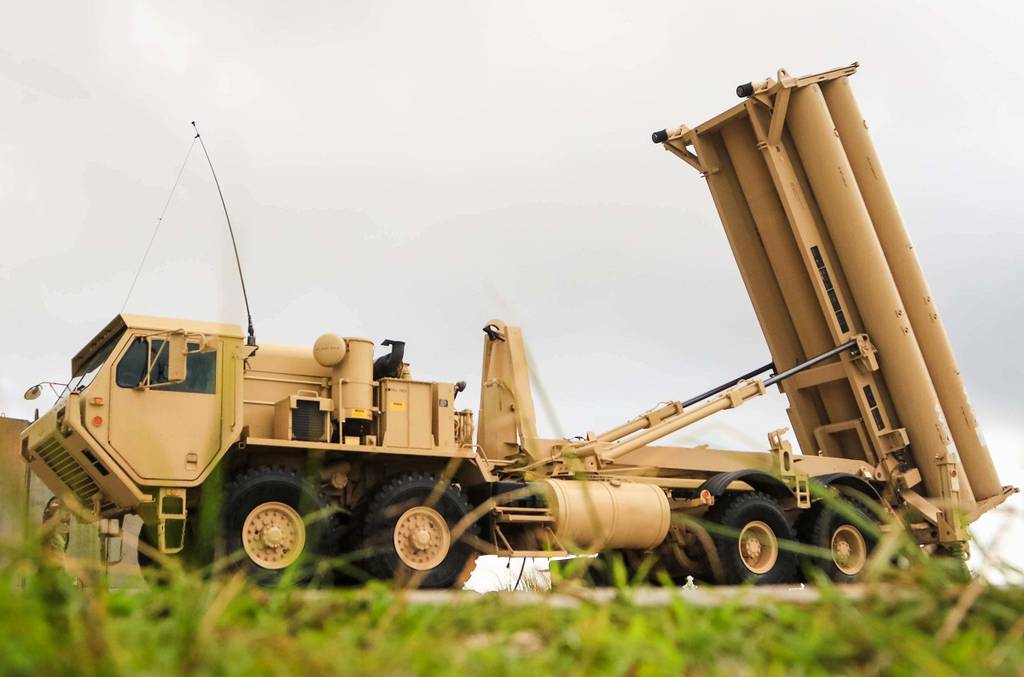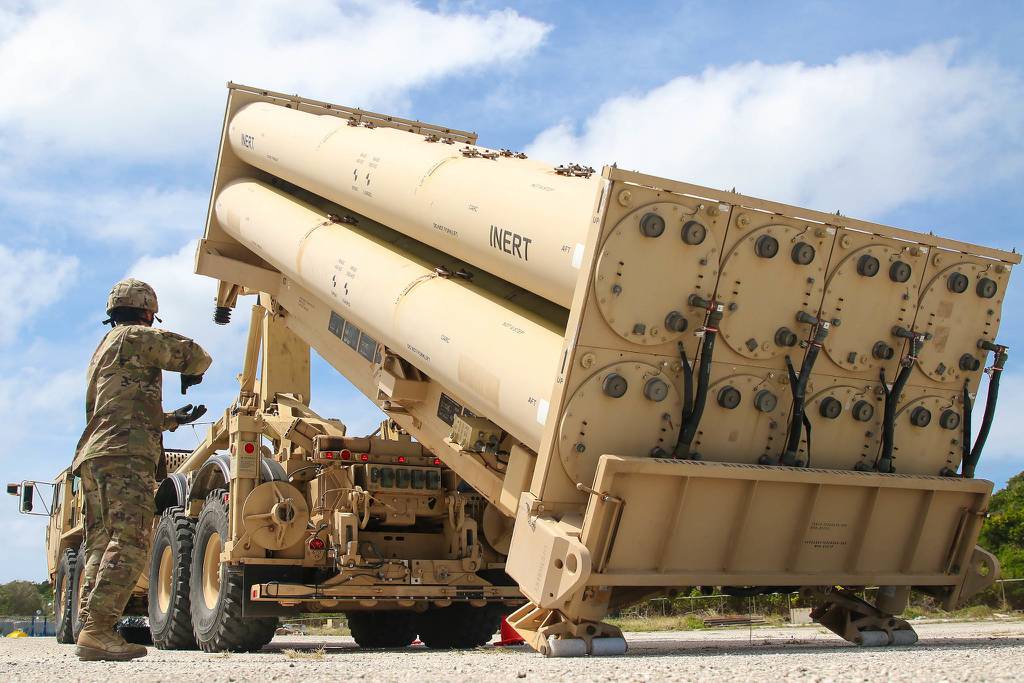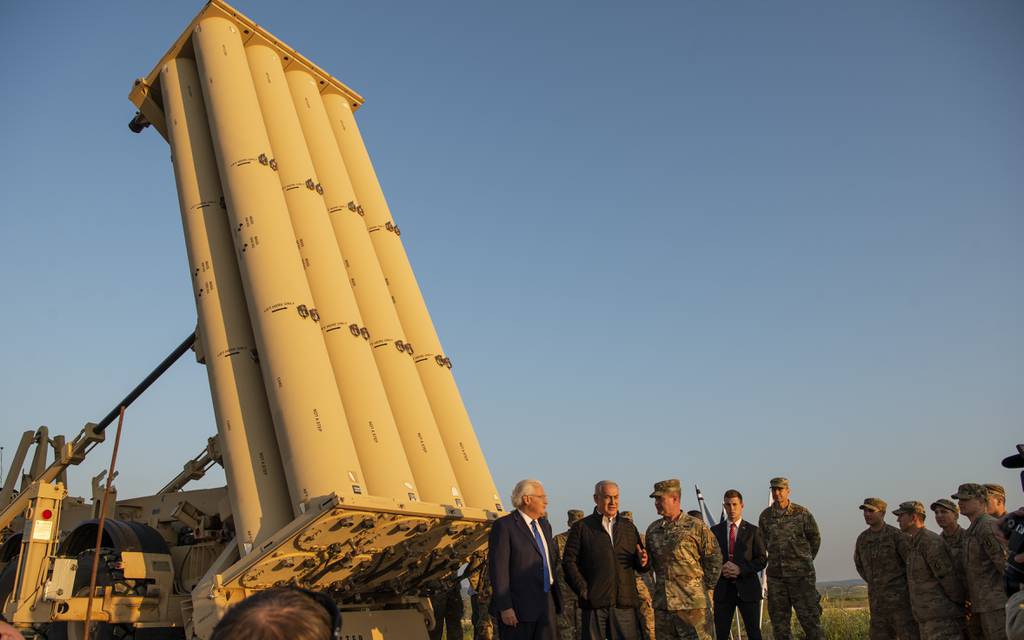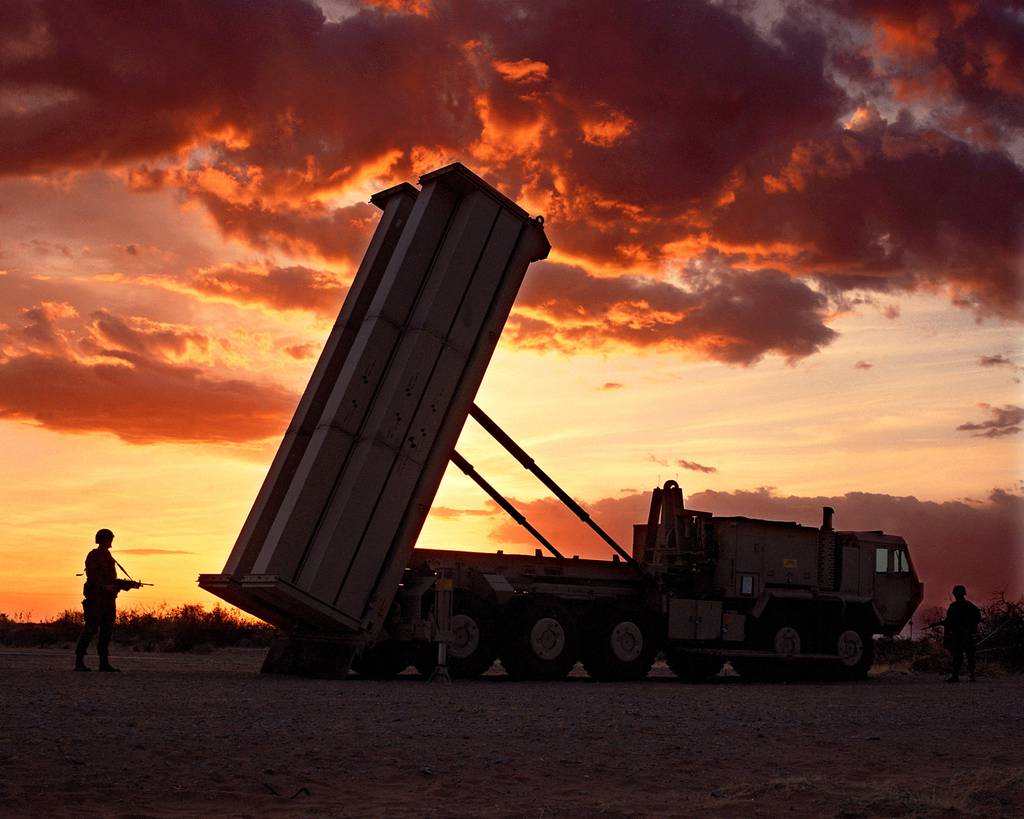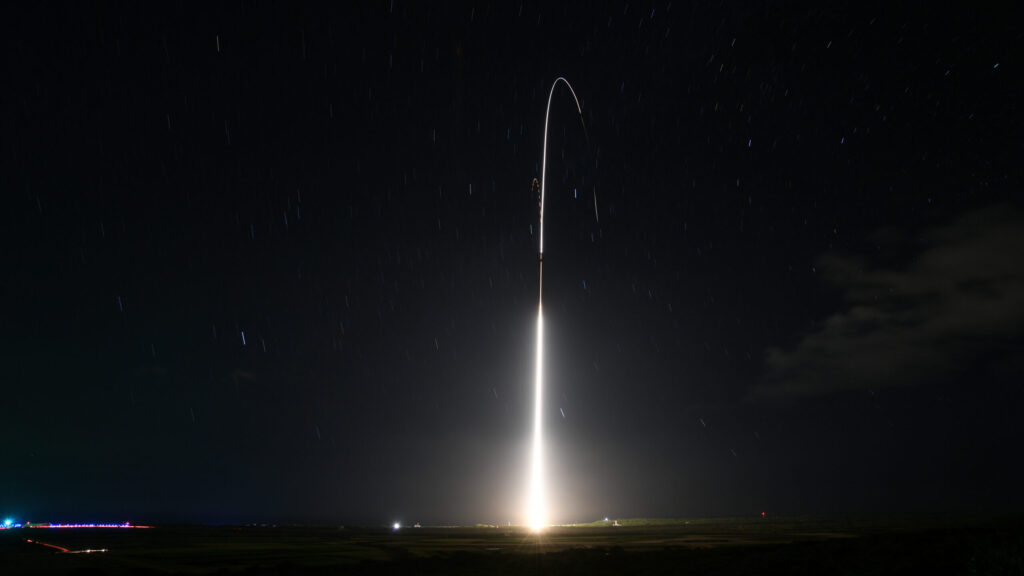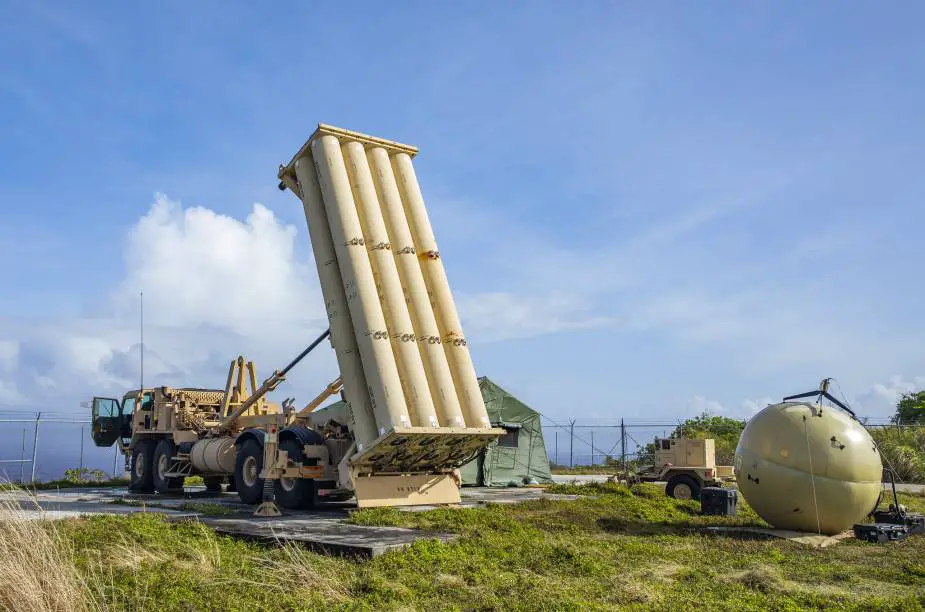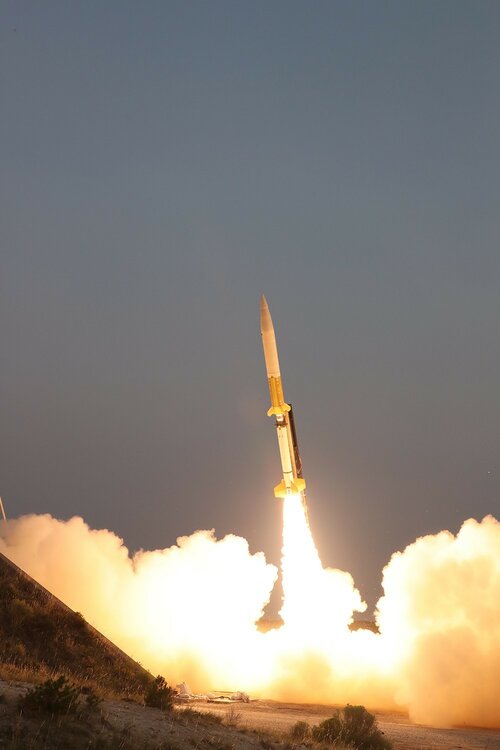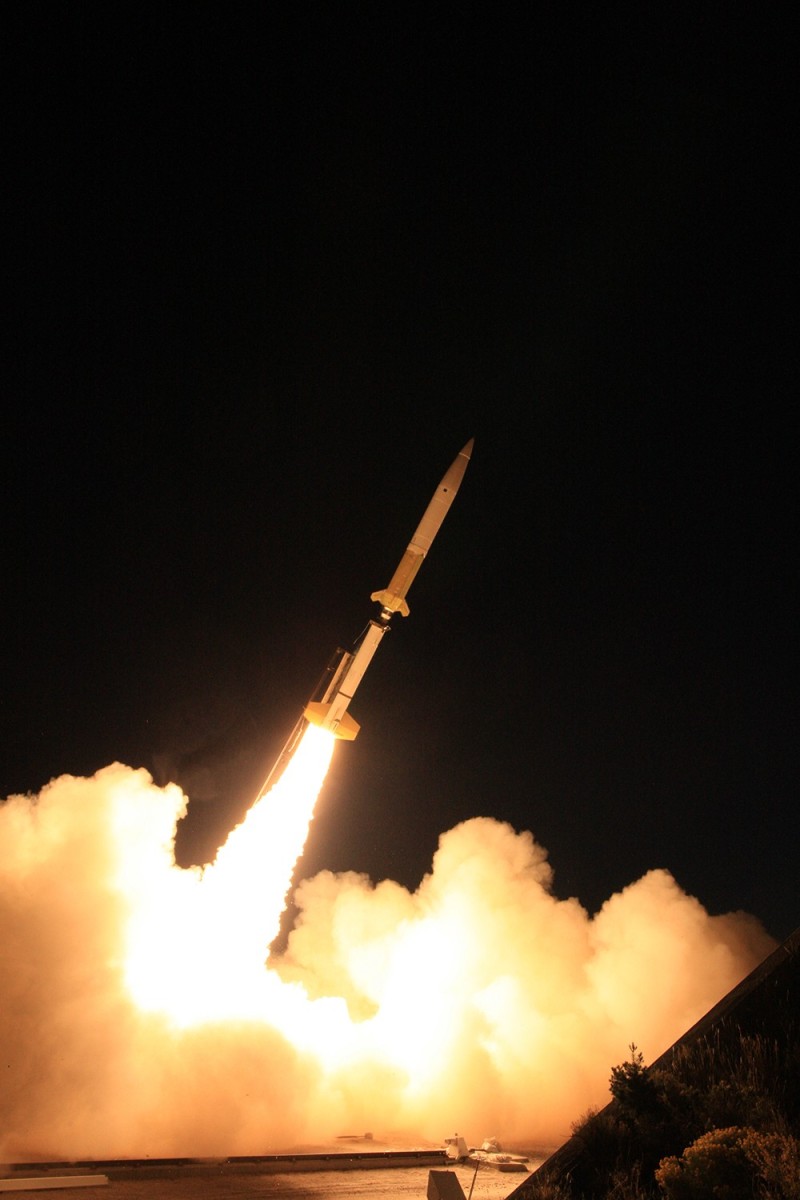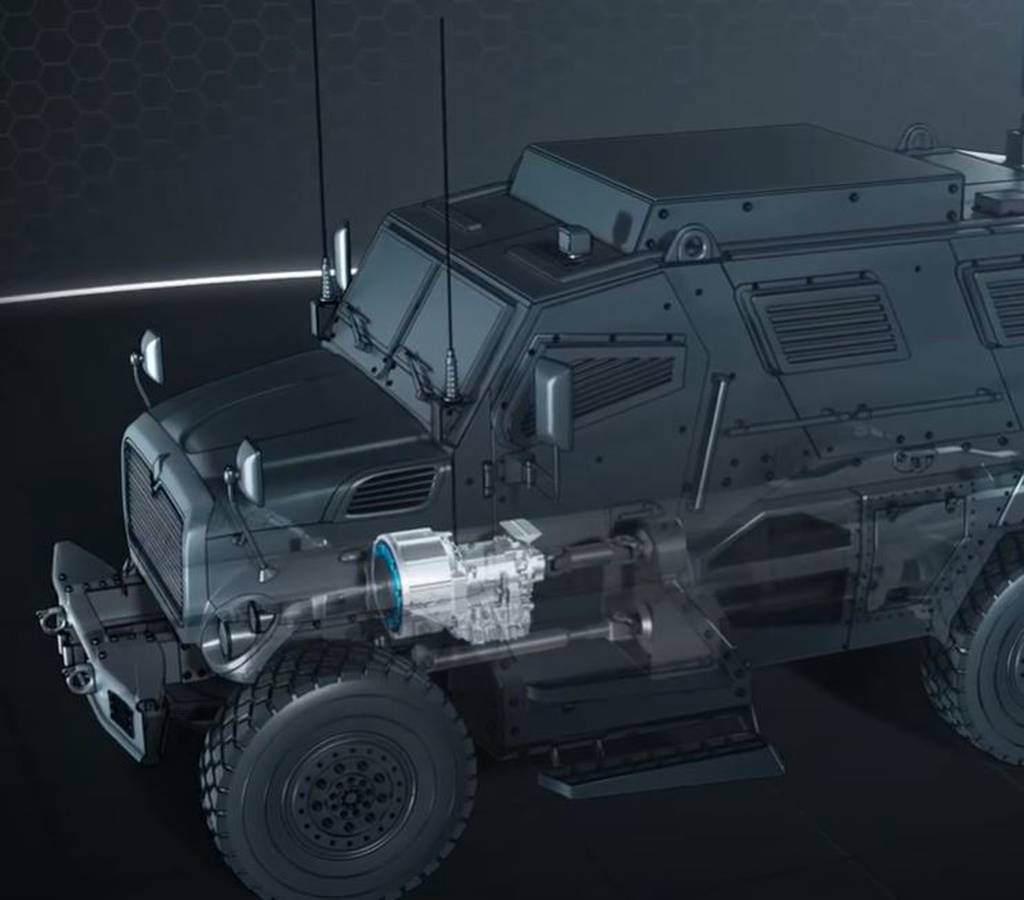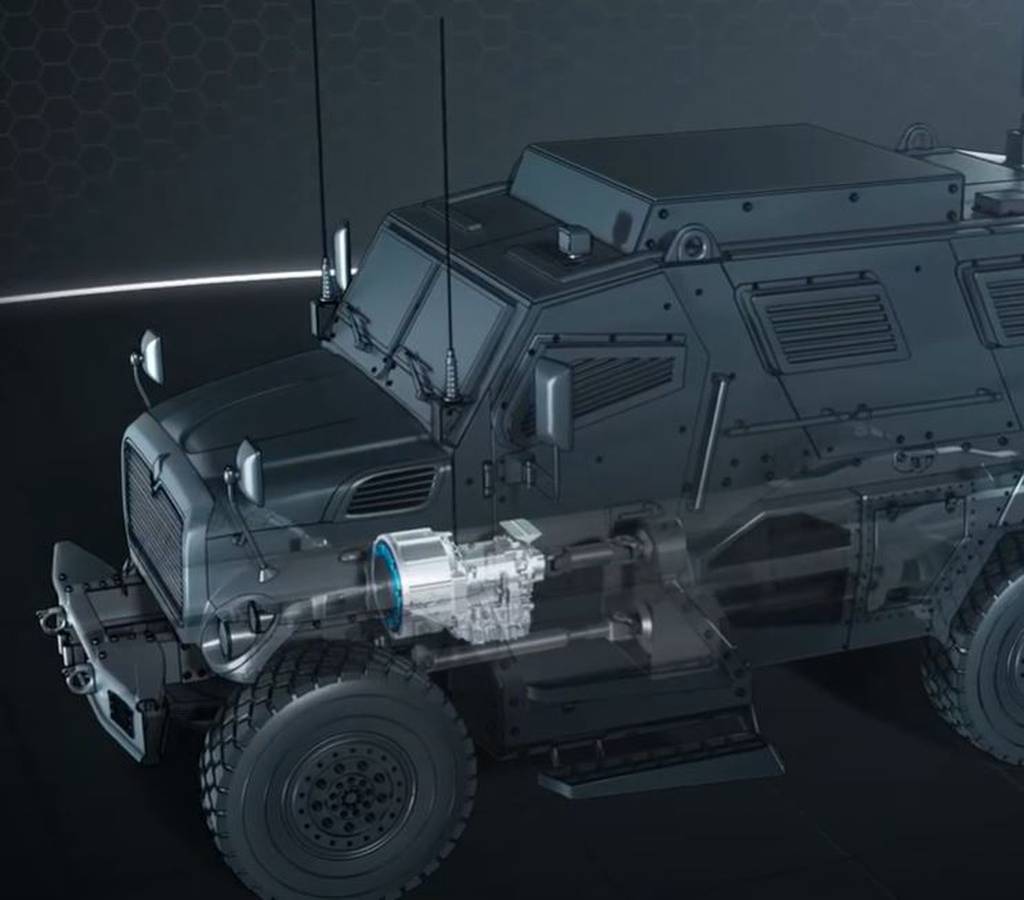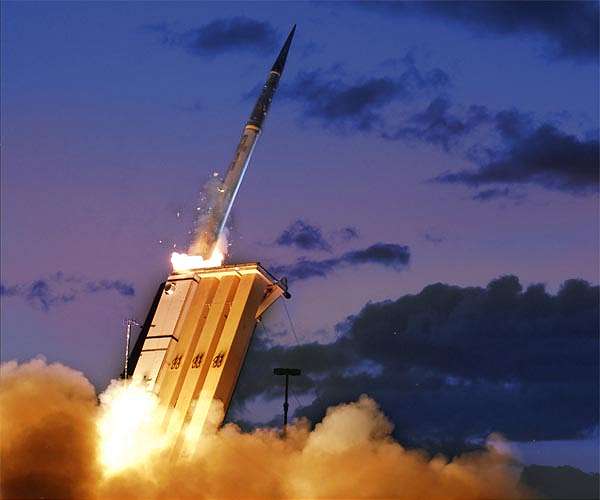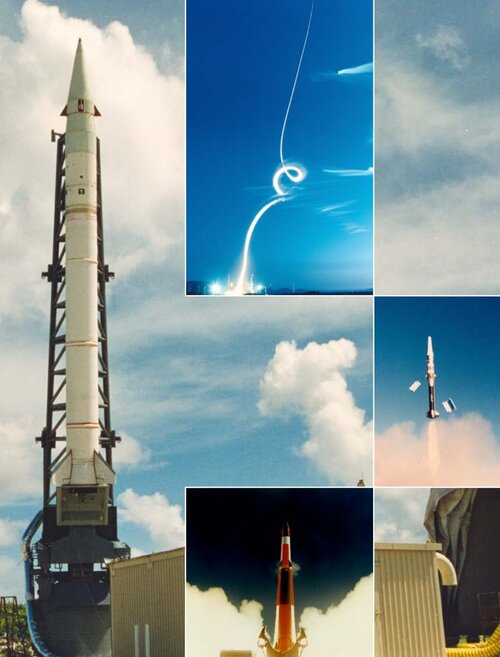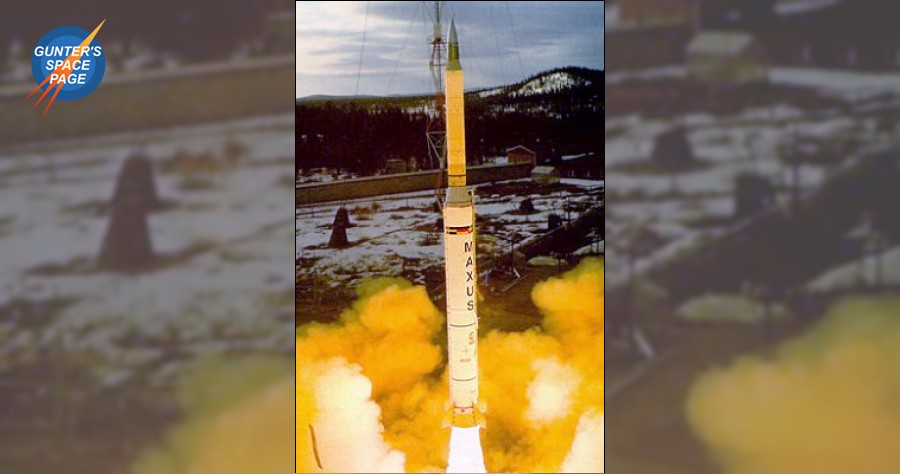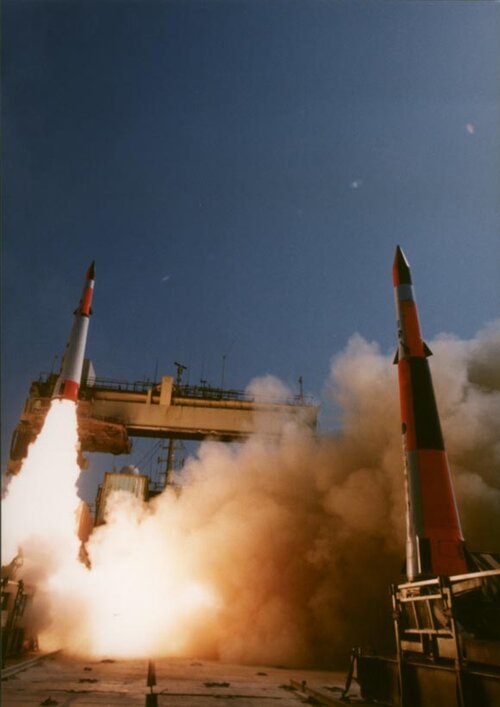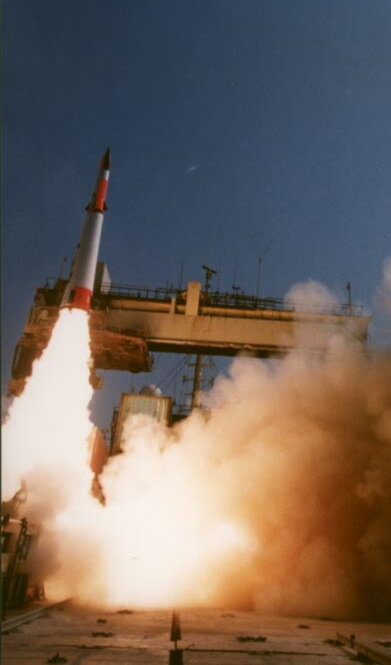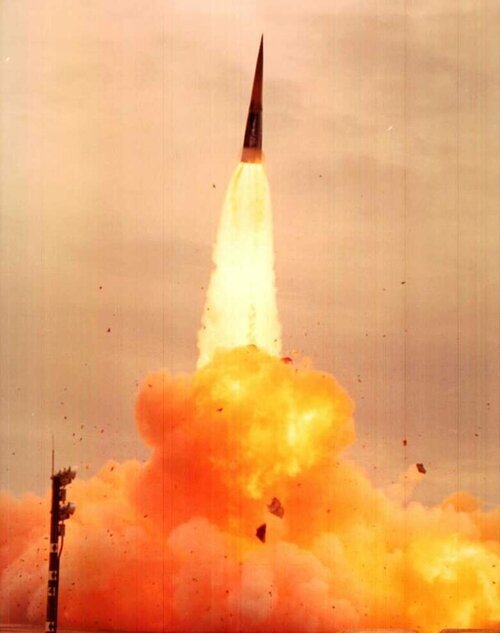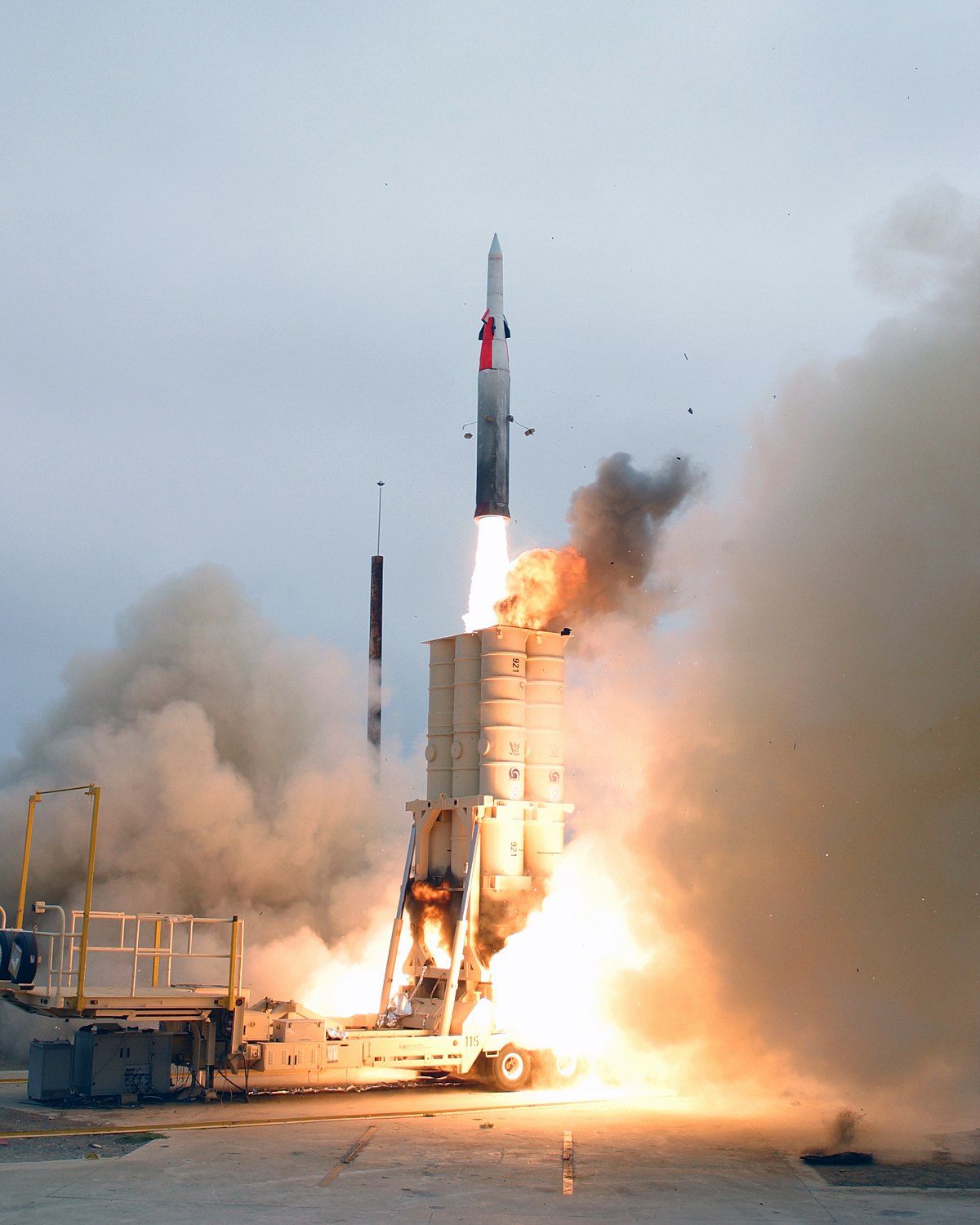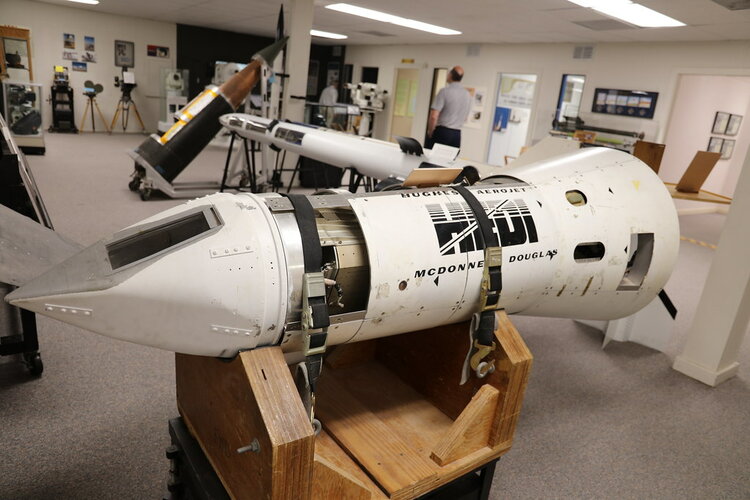April 2021 GAO report GAO-21-314 / MISSILE DEFENSE,
Some info on THAAD
THAAD Has Generally Fallen Short of Planned Interceptor Deliveries Since Fiscal Year 2015
Year- Contracted- Actual
2015- 44- 2
2016- 48- 21
2017- 61- 41
2018- 52- 58
2019- 60- 45
2020- 85- 42
"THAAD delivered 42 of 85, or 49 percent, of planned interceptors for fiscal year 2020 and halted further deliveries June through September while awaiting a qualified replacement for a part that is no longer available // THAAD received full-rate production approval from the Under Secretary of Defense for Acquisition and Sustainment in October 2020."
Homeland Defense Underlay to GMD missile
With a variant of the SM-3 IIA and "THAAD program officials are taking steps in preparation for an effort now known as THAAD Layered Homeland Defense (LHLD), to include developing the requisite plans and contracts." GAO expressed skepticism over this plan as it would in effect require a new Command, Control, Battle Management, And Communications (C2BMC) system to integrate SM-3 IIA and THAAD with GMD.
MDA" secured $350 million in funding for fiscal years 2021 through 2023. However, there are a number of significant upgrades and steps to address obsolescence that would be needed to enhance THAAD’s performance and make it capable of performing such a mission."
Maybe wrong but would have thought $350 million would be on the low side to develop the THAAD-ER with its longer range to make it mission capable for the LHLD.
Some info on THAAD
THAAD Has Generally Fallen Short of Planned Interceptor Deliveries Since Fiscal Year 2015
Year- Contracted- Actual
2015- 44- 2
2016- 48- 21
2017- 61- 41
2018- 52- 58
2019- 60- 45
2020- 85- 42
"THAAD delivered 42 of 85, or 49 percent, of planned interceptors for fiscal year 2020 and halted further deliveries June through September while awaiting a qualified replacement for a part that is no longer available // THAAD received full-rate production approval from the Under Secretary of Defense for Acquisition and Sustainment in October 2020."
Homeland Defense Underlay to GMD missile
With a variant of the SM-3 IIA and "THAAD program officials are taking steps in preparation for an effort now known as THAAD Layered Homeland Defense (LHLD), to include developing the requisite plans and contracts." GAO expressed skepticism over this plan as it would in effect require a new Command, Control, Battle Management, And Communications (C2BMC) system to integrate SM-3 IIA and THAAD with GMD.
MDA" secured $350 million in funding for fiscal years 2021 through 2023. However, there are a number of significant upgrades and steps to address obsolescence that would be needed to enhance THAAD’s performance and make it capable of performing such a mission."
Maybe wrong but would have thought $350 million would be on the low side to develop the THAAD-ER with its longer range to make it mission capable for the LHLD.

